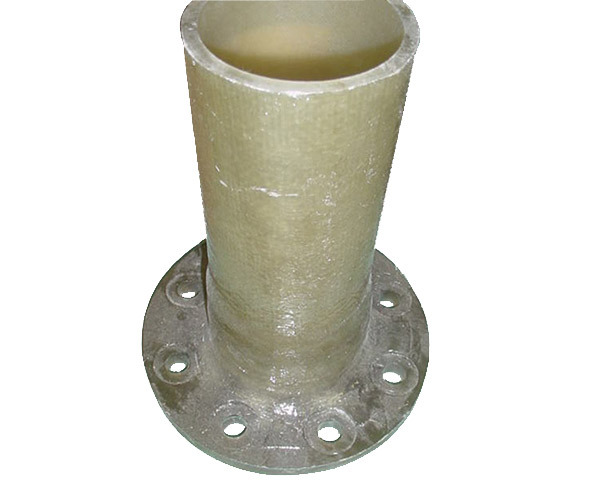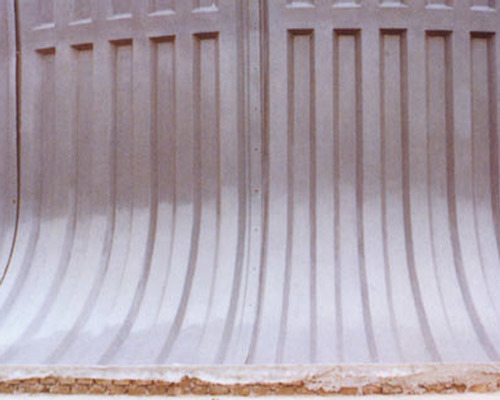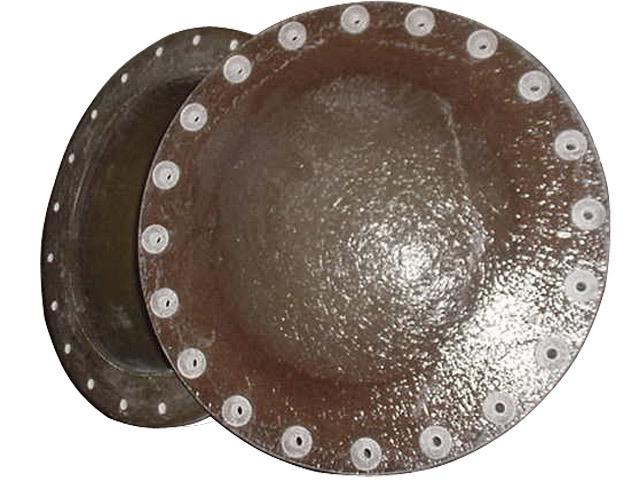
FRP tank
The products of our company have many excellent properties, such as high strength, good corrosion resistance, long service life, etc.
Description
The scope of use of FRP storage tanks
FRP storage tank industry: ferrous metallurgy, non-ferrous metallurgy, power industry, coal industry, petrochemical industry, chemical industry, mechanical and electrical industry, textile industry, automobile and motorcycle manufacturing industry, railway industry, shipbuilding industry, construction industry, light industry, Food industry, electronics industry, post and telecommunications industry, culture, sports and entertainment industry, agriculture, commerce, medicine and health industry, and military and civilian applications and other fields of application.
What kind of material medium is suitable for storage of FRP tanks?
The characteristics of FRP tanks determine that FRP tanks are widely used in chemical, environmental protection, food, pharmaceutical, printing and dyeing industries, and gradually replace carbon steel and stainless steel in most of the market areas. It is a good corrosion-resistant material, and has good resistance to atmosphere, water and general concentrations of acids, alkalis, salts, and a variety of oils and solvents. It is an excellent insulating material, used to make insulators. It is an ideal thermal protection and ablation resistant material under instantaneous ultra-high temperature conditions. It can protect the spacecraft from the erosion of high-speed airflow above 2000 ℃. As we all know, the main function of FRP tanks is to store chemically corrosive media.
There are thousands of corrosive media that can be stored, such as: hydrochloric acid, dilute sulfuric acid, nitric acid, hydrofluoric acid, acetic acid, formaldehyde, hydrogen peroxide, sodium hypochlorite, soy sauce, vinegar, purified water, deionized water, distilled water, alcohol, and various Alkaline medium, etc.
Application of FRP tanks and FRP containers
--Acid-resistant storage tank (hydrochloric acid, dilute sulfuric acid, phosphoric acid, nitric acid, fluorosilicic acid, hydrofluoric acid, various organic acids, etc.)
--Alkali-resistant storage tank (sodium hydroxide, potassium hydroxide, calcium hydroxide, magnesium hydroxide, ammonium hydroxide, barium hydroxide, aluminum hydroxide, etc.)
--Brine storage tank, sewage storage tank (saturated salt water, unsaturated salt water, sea water, sludge and various sewage, etc.)
--Food grade FRP storage tanks (FRP vinegar storage tank, FRP vinegar brewing tank, FRP soy sauce storage tank, FRP soy sauce brewing tank, FRP pure water storage tank, etc.)
Industrial liquid, oil glass fiber reinforced plastic tank (soap, detergent, bleach, latex, starch, rosin, nicotine, vegetable oil, animal oil, etc.)
Halogen-containing organic compounds, amines, phenols, and other organic compound storage tanks (chloropropanol, chloramine, hexachlorobenzene, freon, dimethyl formamide, resorcinol, hydroquinone, sodium phenolate, morphine, Nicotine, etc.).
Alcohol, aldehyde, ketone, ether, ester, hydrocarbon and petroleum product storage tanks (methanol, ethanol, n-propanol, isopropanol, allyl alcohol, butanol, sec-butanol, t-butanol, n-ethanol, t-ethanol, Formaldehyde, acetaldehyde, butyraldehyde, pitch, etc.).
What are the precautions for the loading, unloading and transportation of FRP tanks?
1. In general, FRP tanks are transported by trucks or railway wagons. Whether vertical or horizontal FRP tanks, the storage tank must be fixed to the car with a support and fixing ring, and rubber should be placed between the support ring and the tank body. When removing the pad or other soft pads, do not directly hit with a hammer or other hard objects to avoid damaging the tank.
2. Use a crane and a soft rope to hoist the FRP tank and place it on the pre-prepared wooden board on the ground. The smaller FRP tank can also be cushioned on the forklift's front fork, and the FRP tank can be placed on the wooden board with a forklift. , All FRP storage tanks should avoid direct contact of the tank body and accessories with the ground.
3. If it is not installed temporarily, the tank should be placed on the bracket and fixed to avoid rolling.
How to extend the service life of FRP storage tanks
1. The basic manufacturing of glass fiber reinforced plastic tanks is relatively standardized. If it is deemed appropriate, the foundation group of the sensitive soil platform is used. Between the glass fiber reinforced plastic storage tank and the sensitive soil platform, a sand cushion of about 12 cm thick is used. If it is deemed appropriate, use mortar mortar for solid sealing to avoid the loss of sand during rainfall, resulting in uneven force on the bottom of the FRP. The sand cushion plays a role in easing conflicts between the bottom of the glass fiber reinforced plastic tank and the hard soil.
2. The strength of FRP tanks against positive pressure is relatively strong, but the strength against negative pressure is relatively weak, especially for FRP tanks with a diameter of more than 2000mm. More than half of the common quality accidents of FRP storage tanks are caused by the closed or congested exhaust eye of the FRP storage tank during the pumping process, which causes negative pressure in the FRP storage tank and damage to the internal suction.
3. After the FRP storage tank has been used for a period of time, if it moves frequently, it will cause the axial stress of the structural layer of the FRP storage tank to be damaged, reduce the strength of the FRP storage tank, and reduce the service life of the FRP storage tank.
4. It is very undesirable to use the same glass fiber reinforced plastic storage tank with different media. The anti-corrosion performance of FRP storage tanks mainly depends on the anti-corrosion lining layer of FRP storage tanks. The anti-corrosion lining resin used for different media of acid, alkali and salt and different temperatures is different. , An acid-resistant glass fiber reinforced plastic storage tank is used to store lye, and the lining anti-corrosion layer will quickly penetrate and corrode.
Technical parameters of FRP tank | ||||||||||||||||||||||||||||||||||||||||||||||||||||||||||||||||||||||||||||||||||||||||||||||||||||||||||||||||||||||||||||||||||||||||||||||||||||||||||||||||||||||||||||||||||||||||||
| ||||||||||||||||||||||||||||||||||||||||||||||||||||||||||||||||||||||||||||||||||||||||||||||||||||||||||||||||||||||||||||||||||||||||||||||||||||||||||||||||||||||||||||||||||||||||||
The company’s geographical position is superior. The west side of the plant is the 204 national road extending in all directions, and the south side of the plant is the third-level channel of Lianshen Line. The large glass fiber reinforced plastic parts produced by our company with a diameter of less than 10 meters can be transported to major ports in the country and the world through this channel.
Our products are exported to Europe, America, Japan, the Middle East, Southeast Asia and other countries and regions. FRP grating products have passed the United States of America Material Testing Institute ASTM-E84 testing and ABS detection.
Key words:
FRP tank
Get A Quote
Note: Please leave your email address, our professionals will contact you as soon as possible!




